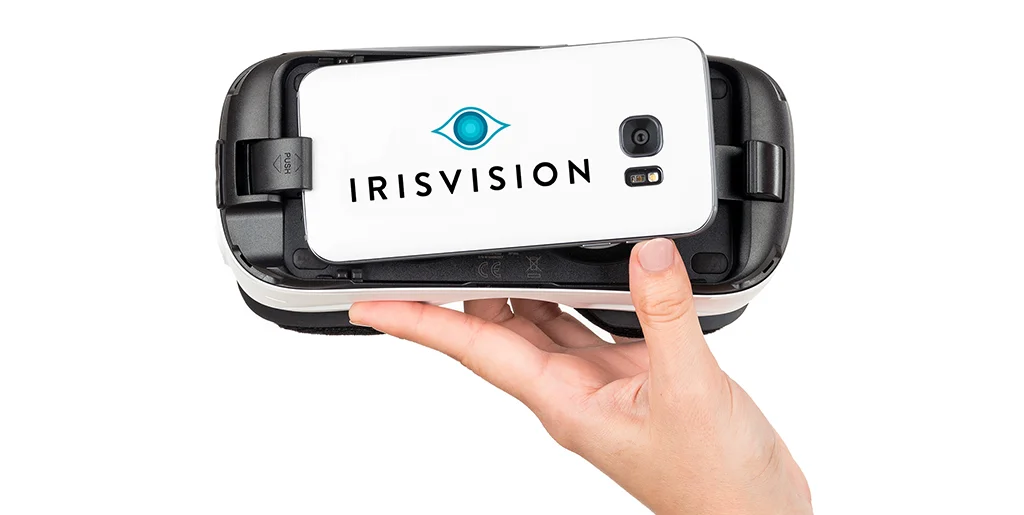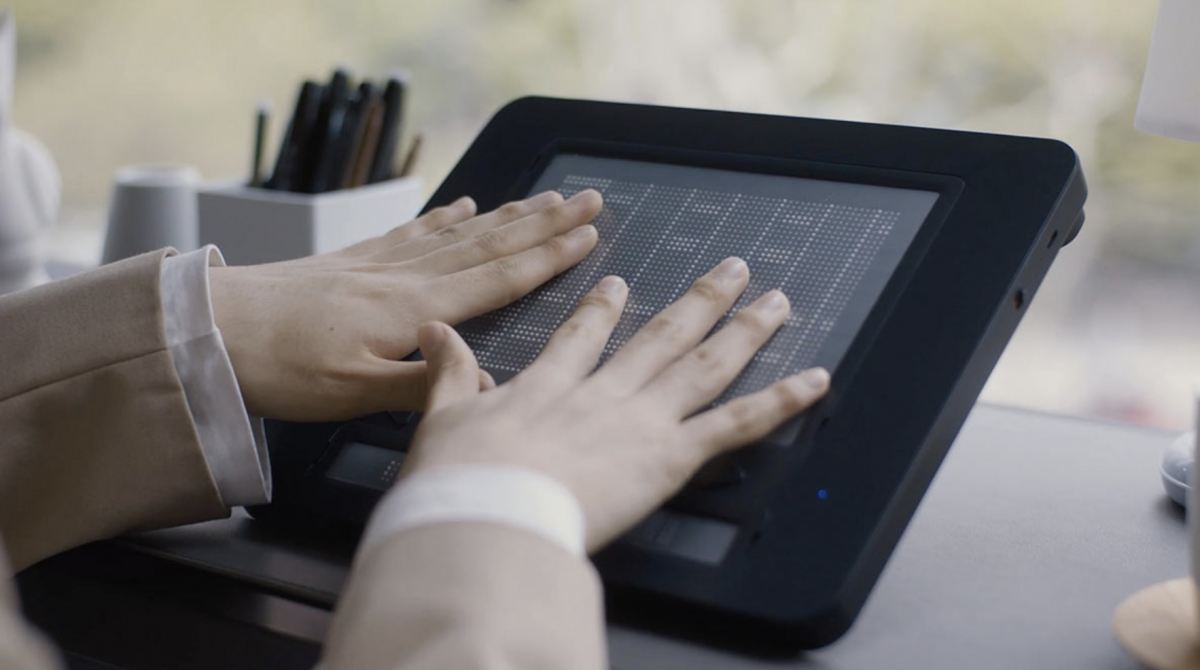Speech-to-Text Devices for Low Vision: Closing the Communication Gap
Speech-to-Text Devices for Low Vision: Closing the Communication Gap
Blog Article
Enhancing Lives With Advanced Assistive Tools for the Blind
The combination of advanced assistive tools for the blind is transforming exactly how individuals experience their environments and communicate with their communities. What does this advancement indicate for the future of assistive modern technology and its function in empowering individuals?
Introduction of Assistive Instruments
Assistive tools for the blind incorporate a diverse variety of technologies and devices developed to enhance independence and improve the high quality of life for people with visual disabilities. These gadgets accommodate various requirements, from navigating and wheelchair to communication and day-to-day task management.
Among the key groups of assistive gadgets consists of movement help, such as white walking sticks and overview pet dogs, which help users browse their environments safely. Digital traveling aids, geared up with sensing units and audio comments, likewise play a substantial function in mobility enhancement.
Additionally, devices that assist with everyday living tasks, such as flexible kitchen tools, Braille labels, and talking watches, encourage individuals to perform jobs independently. Interaction aids, consisting of screen viewers and Braille screens, facilitate accessibility to information and make it possible for individuals to involve efficiently with the electronic world.
Moreover, low-tech remedies like magnifying glasses and large-print products remain crucial for several individuals. Collectively, these assistive gadgets offer not only as functional devices but also as crucial enablers of freedom, fostering higher participation in a world that usually focuses on sighted experiences. Their integration into day-to-day live is essential for promoting inclusivity and improving total health for those with aesthetic impairments.
Innovative Technologies in operation
Innovation in technology has actually considerably changed the landscape of devices offered for individuals with visual problems. Amongst one of the most noteworthy improvements are clever glasses integrated with enhanced truth, which offer real-time navigating support and item recognition. These tools take advantage of advanced electronic cameras and man-made intelligence to deliver acoustic signs, boosting the user's spatial understanding and autonomy.
In addition, mobile applications have actually become powerful resources, allowing customers to determine money, checked out message aloud, and navigate unknown settings via verbal instructions. Devices such as Braille displays and refreshable Braille gadgets remain to develop, offering seamless connection with computers and smart devices, thereby boosting communication and access to details.
Wearable modern technology, consisting of smartwatches outfitted with voice-activated functions, better encourages individuals by helping with quick accessibility to notices and notifies without calling for aesthetic involvement. Responsive maps and 3D printing are also gaining traction, supplying tangible representations of rooms that aid in alignment and mobility training.
Jointly, these cutting-edge innovations not only boost the daily lives of visually impaired individuals but additionally foster better self-reliance, inclusivity, and engagement with the wider community, therefore reshaping assumptions of availability. (Voice-activated assistive devices)
Personal Stories of Empowerment
Empowerment frequently arises from individual experiences that highlight the transformative influence of modern technology on individuals with aesthetic disabilities. Take, for example, the story of Sarah, a young artist who restored her interest for paint with the usage of a clever walking cane outfitted with obstacle discovery. This device not only promoted her flexibility yet instilled a newfound confidence, allowing her to browse public areas independently and seek her innovative ventures.

These narratives underscore the profound impacts that advanced assistive devices can have on everyday life. By allowing individuals to get rid of barriers, innovation cultivates a sense of freedom and self-respect. Such empowerment tales function as a testimony to the capacity of technology, showing just how the right tools can substantially improve high quality of life and open doors to brand-new opportunities for those with visual problems.
Benefits of Advanced Solutions
How can progressed services basically enhance the lives of individuals with aesthetic disabilities? The combination of advanced technology right into assistive tools considerably changes everyday experiences for those influenced by vision loss. These innovative remedies use unprecedented freedom, allowing individuals to navigate their environments with confidence. Tools such as clever walking canes furnished with sensors, navigating apps, and wearable innovation are designed to offer real-time feedback, enhancing spatial awareness and lowering the risks related to mobility.
Additionally, progressed assistive modern technologies cultivate social inclusion by facilitating communication and interaction. Voice-activated devices and applications permit people to access details and engage with their environments separately, breaking obstacles that formerly hindered their engagement in discover here instructional, expert, and social setups.
Additionally, the personalization and versatility of these services deal with the varied click to read more demands of customers, therefore enhancing their general high quality of life. Boosted performance, such as things acknowledgment and text-to-speech abilities, encourages people with visual problems to carry out tasks that they might have once discovered testing. Ultimately, progressed assistive technologies not just enhance self-reliance and security but also advertise dignity and self-worth, allowing individuals to lead satisfying lives.
Future Patterns in Assistive Technology
As innovation continues to advance, the landscape of assistive tools for the blind is poised for exceptional developments that will certainly better enhance ease of access and self-reliance. Emerging patterns in assistive technology show a shift toward enhanced integration of synthetic knowledge (AI) and artificial intelligence, allowing devices to adjust to individual user needs in real-time. These developments are anticipated to facilitate more user-friendly navigation systems that can recognize challenges and offer audio feedback, substantially improving outdoor wheelchair.
Furthermore, the advancement of wearable technology, such as smart glasses equipped with augmented fact, will certainly allow individuals to obtain contextual details about their environments, therefore enriching their spatial awareness. Moreover, improvements in haptic modern technology guarantee to develop responsive comments devices, allowing customers to regard information through touch, boosting understanding and communication with their environment.
Telecommunication breakthroughs are additionally leading the method for remote support solutions, where skilled professionals can offer assistance using video calls, making sure assistance is readily obtainable. As these patterns unfold, the future of assistive tools for the blind will certainly foster greater freedom, empowering individuals to browse their globe with self-confidence and convenience.

Final Thought
The integration of innovative assistive tools for the blind represents a substantial innovation in cultivating freedom and boosting high quality of life. By making use of cutting-edge technologies, these tools encourage customers to navigate their settings with higher confidence and autonomy. As the area proceeds to progress, continuous research temporary double vision and development will likely produce a lot more sophisticated solutions, even more transforming the lived experiences of individuals with aesthetic impairments and advertising a greater feeling of addition within culture.
The combination of advanced assistive tools for the blind is transforming exactly how individuals experience their surroundings and connect with their communities. The assimilation of sophisticated technology into assistive devices dramatically changes everyday experiences for those affected by vision loss.As modern technology continues to evolve, the landscape of assistive tools for the blind is positioned for amazing developments that will certainly further boost access and independence. Arising trends in assistive innovation suggest a change towards raised assimilation of fabricated knowledge (AI) and device learning, enabling tools to adapt to specific customer needs in real-time.The assimilation of sophisticated assistive tools for the blind represents a considerable development in cultivating independence and boosting high quality of life.
Report this page